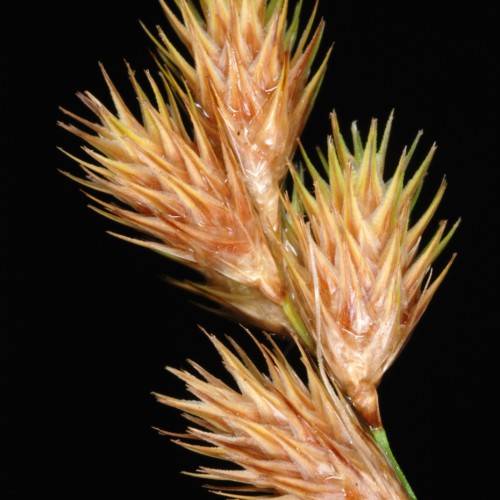
Tinged Sedge
Carex tincta
Watering:
Minimal
Hardiness Zone:
Sun:
full sun,part shade
Leaf:
Yes
Growth Rate:
Low
Drought Tolerant:
Yes
Salt Tolerant:
Yes
Care Level:
Medium
watering
Watering for Sparse Flowered Sedge should be done 2 to 3 times per month in the summer, and once per month in the winter. The best way to water is to let the soil dry in between waterings, ensuring that it is slightly moist but not saturated. When watering, use tepid or room temperature water so that the roots are not shocked by a sudden temperature change. Watering should be done thoroughly, so that water penetrates to the bottom of the rootball, before allowing the soil to dry.
sunlight
Sparse Flowered Sedge (Carex tenuiflora) grows best in full sun to part shade. The plant prefers 6-8 hours of direct sunlight each day. In areas where long summer daylight hours are common, plants should be shaded in the afternoon. In winter, supplemental lighting with fluorescent lights can help the sedge thrive. Plants should be placed in a sunny spot with protection from strong winds.
pruning
Sparse Flowered Sedge (Carex tenuiflora) should be pruned twice per year, once in late winter or early spring and again in late summer. Pruning should only be done if the plant has become overcrowded or if there are dead stems present. When pruning in late winter to early spring, it is recommended to remove dead stems and any stems that have outgrown their surroundings; this will help to maintain its shape. Pruning in late summer should occur approximately 3 weeks before the expected first fall frost. This will help keep the plant from becoming leggy with long, thin stems. When pruning, never remove more than 1-third of the total new growth for the season, as this can cause the plant to become stressed. It is important to prune sparsely-flowered sedge correctly as this will help to promote new, healthy growth and the best flowering and foliage display. Always use clean, sharp tools when pruning to avoid damage to the plant and never prune in the heat of the day.
